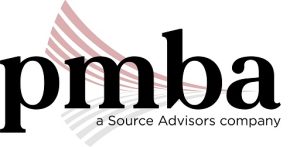How Do Companies Manually Store Sales Tax Exemption Certificates?
Hard Copies
When we assist clients with reviewing paper certificates, several problems jump out, such as:
- Outdated and expired forms: It is not unusual for companies to store paper copies of certificates for years – or even decades – under certain circumstances. If audited, and the form has either expired or an older version of the certificate is no longer accepted, a company will have sales tax exposure.
- Missing information: During a sales tax audit, the state auditor requires the business to present a complete form. Missing signatures, addresses, or tax ID numbers could result in an invalid certificate.
- Lack of audit trail: For large companies with thousands of clients, it can become difficult to connect exemption certificates to specific customers or transactions. Many forms are single-use based on specific projects. In certain industries, it is possible to have several copies for a single customer. Customers may also purchase products or services in multiple states, and without an accurate map of this activity, a company has tremendous audit risk. There are also times customer information on the certificate is not clear or missing important details. This proves to be another challenge when managing certificates.
Shared Files
Although there are some organizational benefits of using an electronic copy, the previously mentioned risks can still apply.

Why Are Risks and Exposure Greater Since the South Dakota v. Wayfair Ruling?
Before June of 2018, the law required companies to collect exemption certificates only in states with a physical presence or nexus. For example, a $40M manufacturer with one plant in Ohio needed only to collect certificates for shipments to Ohio locations. In June of 2018, the Supreme Court changed the state nexus for sales tax from physical to economic. In general, the threshold for sales since the ruling is $100,000 or 200 transactions in the previous or current year, with some state thresholds varying. Under this new rule, the $40M manufacturer may need to collect sales tax exemption certificates in every state with over $100,000 in sales.
From our experience, this could mean 10-15 additional state requirements resulting in hundreds of different certificates.
Other Considerations When Upgrading Your Manual Processes
For small to medium-size businesses considering a technology platform, it is important to understand that no process is 100% automated. When resources are limited, a company should evaluate the professional service team supporting the technology. Deep technical knowledge and audit experience are valuable when choosing your technology solution.
Ready to Upgrade Your Manual Exemption Certificate Management Processes?
Contact us for a free consultation or learn more about PMBA’s proprietary exemption certificate management software below.


